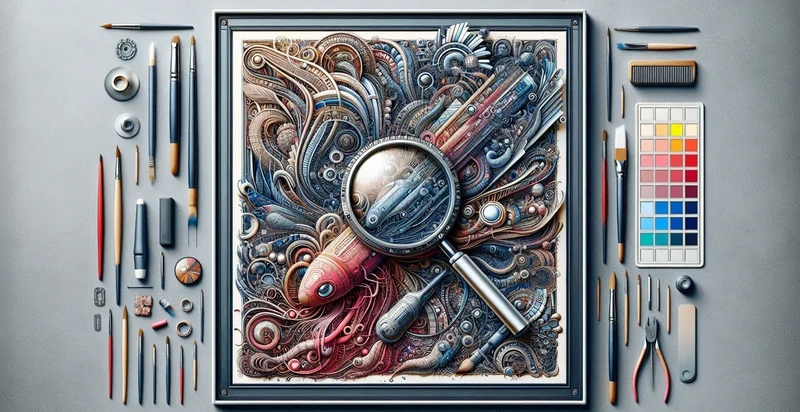Identify retouching extent
using AI
Below is a free classifier to identify retouching extent. Just upload your image, and our AI will predict the extent of retouching applied to the image. - in just seconds.

Contact us for API access
Or, use Nyckel to build highly-accurate custom classifiers in just minutes. No PhD required.
Get started
import nyckel
credentials = nyckel.Credentials("YOUR_CLIENT_ID", "YOUR_CLIENT_SECRET")
nyckel.invoke("retouching-extent", "your_image_url", credentials)
fetch('https://www.nyckel.com/v1/functions/retouching-extent/invoke', {
method: 'POST',
headers: {
'Authorization': 'Bearer ' + 'YOUR_BEARER_TOKEN',
'Content-Type': 'application/json',
},
body: JSON.stringify(
{"data": "your_image_url"}
)
})
.then(response => response.json())
.then(data => console.log(data));
curl -X POST \
-H "Content-Type: application/json" \
-H "Authorization: Bearer YOUR_BEARER_TOKEN" \
-d '{"data": "your_image_url"}' \
https://www.nyckel.com/v1/functions/retouching-extent/invoke
How this classifier works
To start, upload your image. Our AI tool will then predict the extent of retouching applied to the image..
This pretrained image model uses a Nyckel-created dataset and has 10 labels, including Excessive, Extensive, Heavy, Light, Maximum, Moderate, None, Overdone, Significant and Slight.
We'll also show a confidence score (the higher the number, the more confident the AI model is around the extent of retouching applied to the image.).
Whether you're just curious or building retouching extent detection into your application, we hope our classifier proves helpful.
Related Classifiers
Need to identify retouching extent at scale?
Get API or Zapier access to this classifier for free. It's perfect for:
- Social Media Authenticity Check: This function can be utilized by social media platforms to identify heavily retouched images before they are posted. By flagging these images, platforms can promote a culture of authenticity and transparency, reducing the likelihood of users being misled by unrealistic representations.
- E-commerce Product Verification: E-commerce websites can implement this classification function to verify product images uploaded by sellers. By assessing the retouching extent, the platform can ensure that product images accurately represent the items being sold, enhancing customer trust and satisfaction.
- Advertising Compliance Monitoring: Advertising agencies can use this function to ensure that their campaigns remain compliant with advertising standards regarding image manipulation. By identifying excessive retouching, agencies can avoid potential legal issues and backlash from consumers regarding misleading advertisements.
- Content Moderation for User-Generated Content: Platforms that host user-generated content, such as forums and review sites, can implement this tool to moderate images. By analyzing the retouching extent, they can filter out misleading content that may distort users' perceptions of reality, thereby maintaining ethical standards.
- Brand Reputation Management: Companies can utilize this function to track the images associated with their brand online. By assessing the retouching extent of images shared by influencers or in user-generated content, brands can ensure that their image is not being negatively impacted by misleading or heavily edited visuals.
- Photography Quality Control: Photo editing software developers can integrate this function to provide photographers with quality control feedback on their edits. By identifying excessive retouching, photographers can refine their techniques and produce more realistic imagery, which is especially important in fields like fashion and portrait photography.
- Research in Media Studies: Academic researchers studying the impact of edited images on societal perceptions can employ this function in their methodologies. By analyzing the retouching extent in a sample of images, researchers can draw conclusions about trends in media representation and their effects on public behavior and attitudes.


